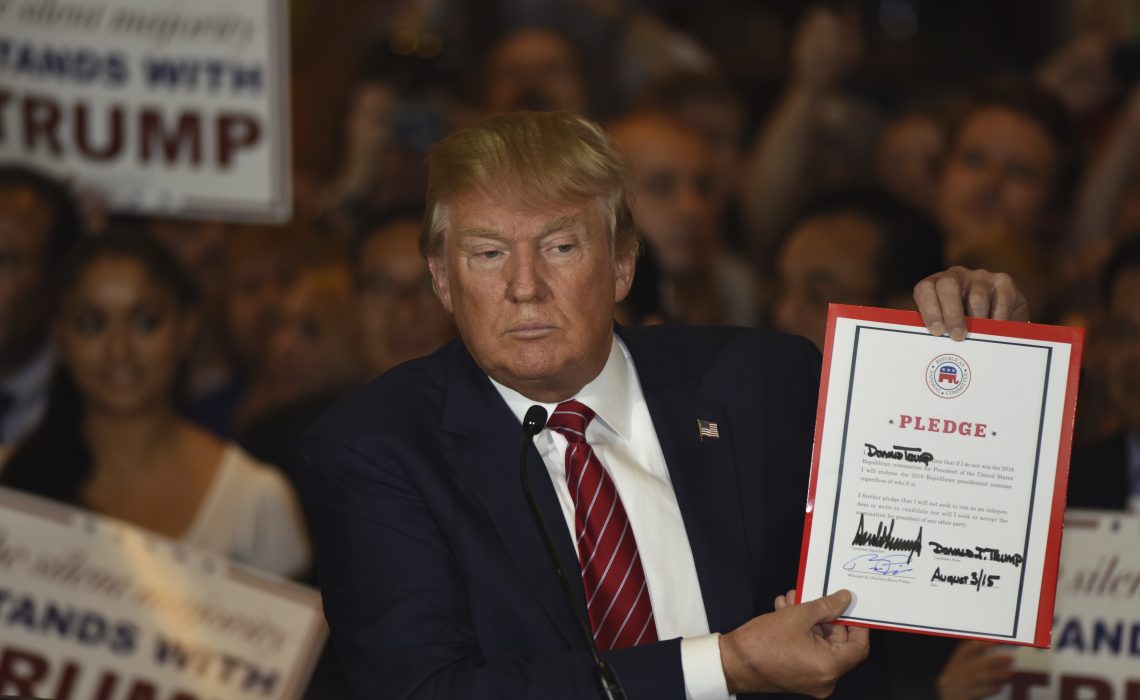The number of people employed in the United States hit a record 157,878,000 in August, the 21st record set under President Donald Trump, according to the employment report released today by the Bureau of Labor Statistics.
That’s an increase of 590,000 from the record 157,228,000 employed in July.
The unemployment rate held steady at 3.7 percent. For blacks, the unemployment rate dropped to a record low of 5.5 percent last month. And for Hispanics, the unemployment rate was 4.2 percent in August, which ties the record low set earlier this year.
In August, the civilian non-institutional population in the United States was 259,432,000. That included all people 16 and older who did not live in an institution (such as a prison, nursing home or long-term care hospital). Of that civilian non-instutional population, 163,922,000 were in the labor force, meaning that they either had a job or were actively seeking one during the last month.
That boosted the labor force participation rate to 63.2 percent, which matches the Trump-era high set this past January and February. That’s a 0.2 percent gain from the 63.0 percent in July.
Of the 163,922,000 who were in the labor force, 6,044,000 were unemployed, which put the unemployment rate at 3.7 percent for a third straight month.
Among the major worker groups, BLS said, the unemployment rates for adult men (3.4 percent), adult women (3.3 percent), teenagers (12.6 percent), Whites (3.4 percent), Blacks (5.5 percent), Asians (2.8 percent), and Hispanics (4.2 percent) showed little or no change in August, although — as noted above — it’s never been better for blacks and Hispanics.
The economy added 130,000 jobs in August, boosted by employment gains in the federal government, largely reflecting the hiring of temporary workers for the 2020 Census, BLS said. Notable job gains also occurred in health care and financial activities.
The change in total non-farm payroll employment for June was revised down by 15,000 to +178,000, and the change for July was revised down by 5,000 to +159,000. With these revisions, employment gains in June and July combined were 20,000 less than previously reported.
After revisions, job gains have averaged 156,000 per month over the last 3 months.
According to an August 21 update from the Congressional Budget Office:
Strong demand for goods and services over the past several years boosted the demand for labor and caused labor market conditions to strengthen steadily.
The labor market carried momentum from 2018 into the first half of 2019 and is expected to continue to grow at a healthy, albeit slower, pace over the next several years.
In CBO’s projections, the unemployment rate averages 3.7 percent in 2019 and 2020 and then steadily rises to 4.6 percent by the end of 2023 as output growth slows. Employment rose above its potential, or maximum sustainable, level in 2018 and is expected to remain above its potential level over the entire 2019–2023 period.
The labor force participation rate among prime-age workers (those between the ages of 25 and 54) has rebounded since 2015, adding about 1.5 million workers to the labor force and offsetting downward pressure on labor force participation from the retirement of baby boomers (those born between 1945 and 1960). The labor force participation rate is projected to remain stable through 2020 before falling gradually toward its long-run trend.
Wage growth has accelerated and become increasingly broad-based in recent years, with low-wage earners experiencing particularly robust gains in their hourly wages. In CBO’s projections, wage growth picks up further before slowing in 2021.
Virus-free. http://www.avast.com


